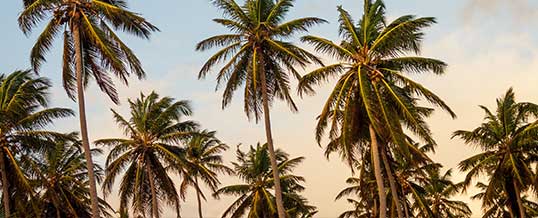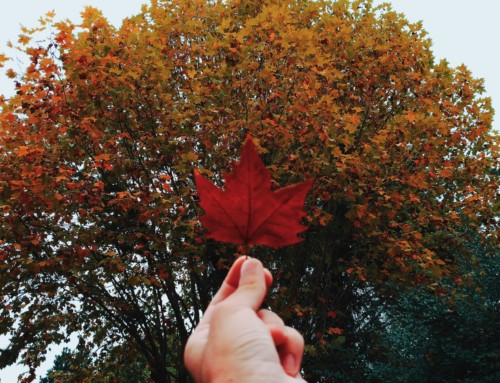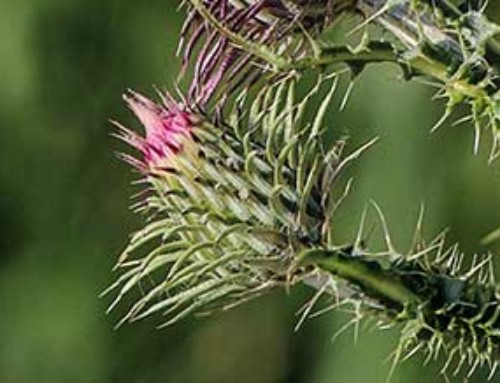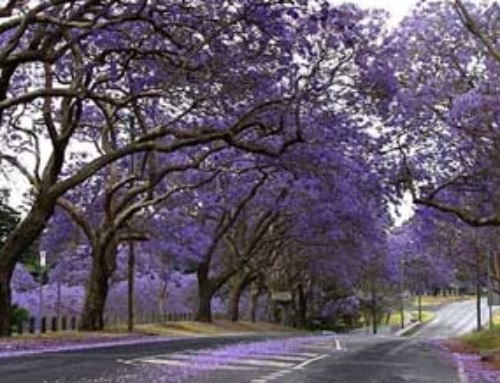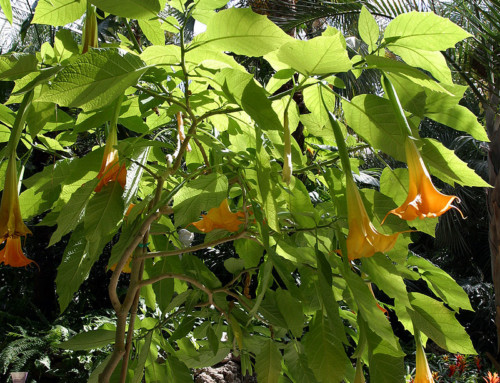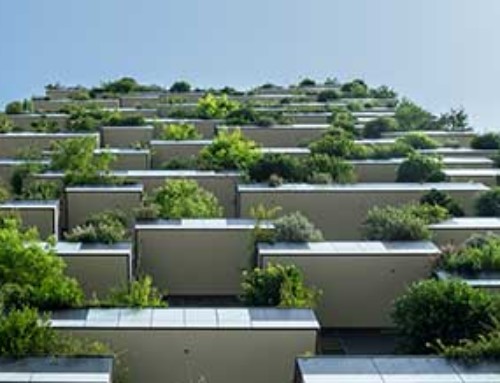The greater Sydney area is home to many different types of palm trees. Palms give the area a tropical look, so they are very popular with residents in the coastal regions. They range in size and hardiness, but they all have one thing in common – they require a reasonable amount of work by way of cleaning up the fruit they regularly drop, and the fronds which die off. Palms grow taller by losing the lower fronds. In order to maintain an attractive palm, these dying fronds need to be removed or cut off at the trunk.
The most common palms in the gardens of Sydney are the Bismarkia, Golden Cane, Chinese Windmill, Cascade, Nicolai and Alexandra palms. The Bamboo Palm is also popular, but is best kept in a contained area or pots, as it will spread in a similar way to Bamboo, hence the name. Tall palm trees line our beaches and streets in the coastal areas – Cocos, Date and Bangalow palms are the most popular. People who plant these in their yards often regret it a few years down the track.
The Cocos palm is a resilient plant and prolific in seeding. It has become a serious pest in northern NSW and south eastern Queensland and has become a weed of national significance. It drops large quantities of fruit and attracts bats. The fruitbats’ delicate wings are damaged by the palm’s lower spikes, so it both attracts and hurts an endangered species. Australians are encouraged to remove the fruit to deter the bats. The fruit is orange-yellow and if left to ripen and fall, makes a considerable mess at the base of the tree.
Bangalow Palms like the warmer climate and plenty of rain. They look great when planted in small groups of varying heights. They can grow to 30 metres in height, with trunks of only 30 cm, so they provide shade without taking up much space on the ground and blocking the view below. Its fruit attracts birds and there are no spikes to harm bird or people. The fronds drop to the ground as it grows, so it is easier to maintain. Bangalow palms still make mess, but because they do not attract insects and macrofauna like rodents, they are the palm of choice in urban areas.
The Canary Island Date Palm is a large palm tree, found quite widely around Sydney parks and public places. The trunk is much thicker than the Bangalow and rough, sometimes called the pineapple palm. It has large inedible fruit and dangerous spikes at the base of the frond canopy. Pruning this palm is dangerous without the right experience and equipment. It is a hardy plant and will tolerate a cooler climate and almost complete negligence. Once established, they are very long lived trees. These palms are not recommended for the residential garden.

